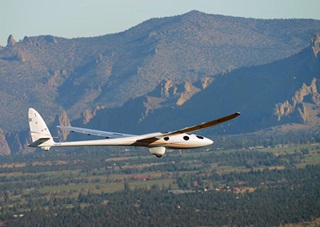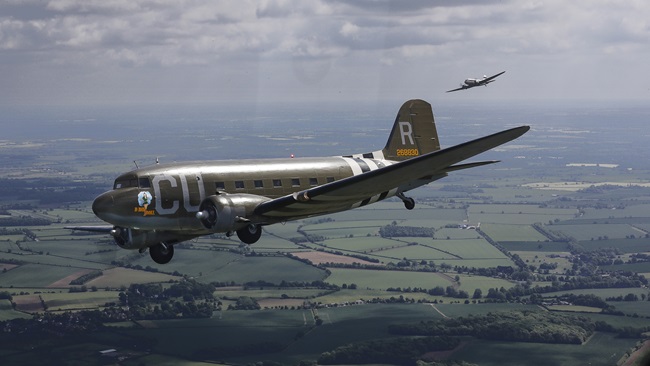
The Airbus-backed Perlan Project reported progress Nov. 9 toward the long-term goal of soaring to 90,000 feet, visiting ATA Engineering in San Diego for ground vibration tests.
Perlan 2, a pressurized glider that weighs 1,800 pounds first flew in September, and the ground vibration tests marked another step toward the ultimate goal of soaring to the edge of space, sans rocket. Propulsion will be provided by wind alone, with the glider riding atmospheric waves high above mountains. The project envisions ultimately topping 100,000 feet, though that will require a new, transonic wing design.
Airbus media relations staff did not immediately respond to an email inquiry seeking a report on the ground vibration tests, though a blog on the Perlan Project website noted the glider's arrival in San Diego and included photos.
The tests involve vibrating the airframe and measuring the response of the structure, a type of testing “often performed on experimental aircraft,” the team reported.
Among the scientific rewards the team is eying is the ability to take samples of the stratosphere that are free of contamination that a powered aircraft produces. Airbus joined the effort in July 2014, when the fuselage of Perlan 2 was among the attractions drawing interest at EAA AirVenture.



